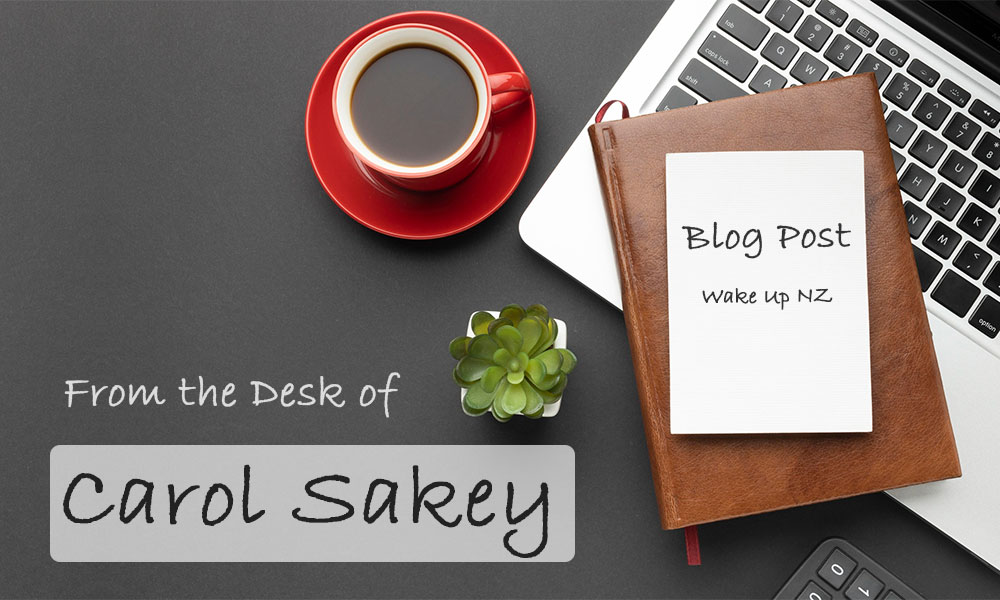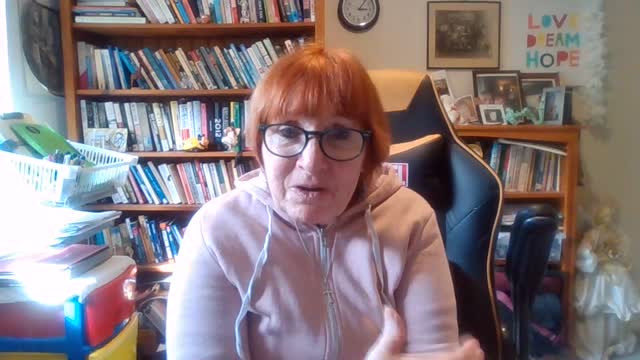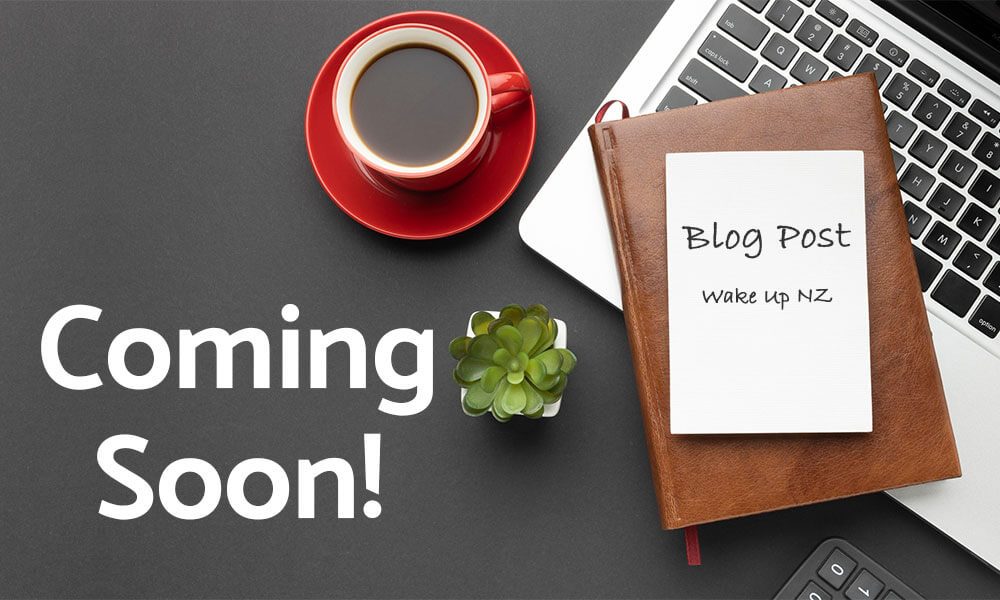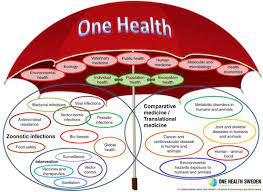The World Health Organization. MENTAL HEALTH AT WORK.. Guidance for Policymakers
More than half the world’s population are currently in work and 15% of working-age adults live with a mental disorder. Without effective support, mental disorders and other mental health conditions can affect a person’s confidence and identity at work, capacity to work productively, absences and the ease with which to retain or gain work. Twelve billion working days are lost every year to depression and anxiety alone. Furthermore, people living with severe mental health conditions are largely excluded from work despite this being important for recovery. Mental health conditions can also impact families, carer’s, colleagues, communities, and society at large. Depression and anxiety cost the global economy US$ 1 trillion each year predominantly from reduced productivity.
Everyone has the right to work and all workers have the right to a safe and healthy working environment. Work can be a protective factor for mental health, but it can also contribute to worsening mental health. Work-related mental health conditions are preventable. Much can also be done to protect and promote mental health at work and support people with mental health conditions to participate fully and equitably in work. WHO has developed Guidelines on mental health at work. This is accompanied by the Mental health at work: Policy brief developed in collaboration with the International Labour Organization. Together, these products aim to improve the implementation of evidence-based recommendations for mental health at work to promote mental health, prevent mental health conditions, and enable people living with mental health conditions to participate and thrive in work.
The World Health Organization. MENTAL HEALTH AT WORK.. Guidance for Policymakers
PAGE 1. Governments have a responsibility to act. .ILO conventions on occupational safety , health, discrimination, violence and harassment…WHO strategies and action plans on health, environment, climate change, mental health.. UN Convention on the Rights of Persons with Disabilities
WHAT POLICY MAKERS CAN DO..:- In consultation with employers and or workers organizations.
1.Prevent workers from experiencing mental health condition refers to psychosocial risk management among occupational health services, to prevent, monitor, propose remedial action for harm caused by psychosocial risks, especially where such a capacity may not be available for lower resourced employers.
2 Protect and promote mental health at work, strengthen capacities and opportunities act on mental health conditions at work: Develop frameworks to require, encourage the use of effective interventions to protect and promote mental health. Provide guidelines and quality assurance standards for training and other interventions used in workplaces.
Build capacities within primary care, occupational health and mental health services to recognize, respond to mental health conditions in the context of work and to support lower resourced employers.
3.Support worker with mental health conditions tpo access, thrive at work: Align employment laws with International Human Rights instrument – protect workers with mental health conditions from discrimination. Establish pathways between health, social and employment services to facilitate govt initiatives and return to work programs
CREATE AN ENABLING ENVIONMENT FOR CHANGE.. THROUGH.:-
LEADERSHIP: Commit to mental health at work by raising awareness, advocating for action and leading policy development
INVESTMENT: Secure sufficient funds, resources to design and deliver mental health at work policies, interventions
RIGHTS Uphold peoples rights to participate in work fully and faily
COMPLIANCE: Establish regulatory processes to guide employers and strengthen uptake and compliance with relevant laws, regulations and recommendations
GUIDELINES POLICY BRIEF ILO DECLARATION ON FUNDAMENTAL PRINCIPLES AND RIGHTS AT WORK.
LINKS: IGNORE THE BRACKETS WHEN ENTERING LINK ADDRESS INTO SEARCH BAR.. (https://www.who.int/teams/mental-health-and-substance-use/promotion-prevention/mental-health-in-the-workplace )
(https://cdn.who.int/media/docs/default-source/mental-health/mental-health-at-work/mental-health-at-work-guidance-for-policy-makers.pdf?sfvrsn=d0a949d1_3)
3 Pages Pdf: The World Health Organization. MENTAL HEALTH AT WORK.. Guidance for Policymakers
...





